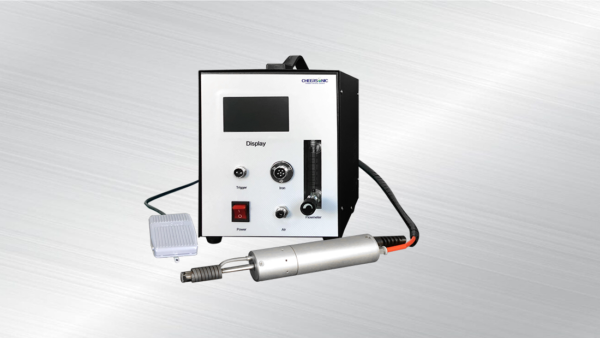Ultrasonic Welding of Magnesium
Ultrasonic Welding of Magnesium. Ultrasonic welding is an effective ways to achieve a non-reactive/immiscible heterogeneous metal connection, such as the connection of magnesium alloy and titanium alloy.
Magnesium is one of the lightest structural metal materials, and has advantages such as high specific strength and stiffness, good damping and machinability, and easy recovery. Magnesium alloys are used in the automotive industry at home and abroad to reduce weight, save energy, reduce pollution, and improve the environment. Compared with plastics, magnesium alloy has the advantages of light weight, high specific strength, good vibration damping, good thermal fatigue performance, and resistance to aging. It also has good thermal conductivity, strong electromagnetic shielding ability, excellent die casting process performance, and is particularly easy to recycle. It is a new generation of high-performance structural materials that replace steel, aluminum alloys, and engineering plastics. In order to adapt to the development trend of highly integrated and lightweight electronic and communication devices, magnesium alloy is an ideal material for the housing of products such as transportation, electronic information, communications, computers, audio-visual equipment, portable tools, motors, forestry, textiles, nuclear power devices, and other products. Developed countries attach great importance to the development and application of magnesium alloys, especially in the application of portable electronic products such as automotive components and notebook computers, with an annual growth rate of 20%, which is very eye-catching and has a surprising development trend.
There are many products made of magnesium alloys, and different workpieces differ in shape, thickness, and alloy content, and their ability to withstand ultrasonic energy is also different. During the actual welding process of magnesium alloys using ultrasonic welding machines, it is necessary to continuously improve the welding process based on the welding results in order to improve the welding quality.The tip of ultrasonic soldering iron vibrates at ultrasonic frequencies. This vibration induces cavitation in the molten solder, which breaks up and removes oxides and promotes wetting. Ultrasonic soldering iron enables the easier joining of hard-to-solder materials which are known as impossible or difficult to be soldered in conventional soldering. Eco-friendly soldering is achieved by fluxless soldering and no post treatment to remove flux. The ultrasonic soldering technology is widely used in Magnesium. The ultrasonic soldering iron of Cheersonic produces high quality soldered joints. Using the solder alloy, can easily solder directly to glass, ceramics and other low solderability materials.
Cheersonic is an expert manufacturer of ultrasonic equipment. We have focused on ultrasonic soldering technology more than 20 years. The ultrasonic technology and automated system are researched and developed all by ourselves. In our sample and testing studio we are offering the testing of your material. According to the needs and testing result, Cheersonic would customize ultrasonic solutions for you.

